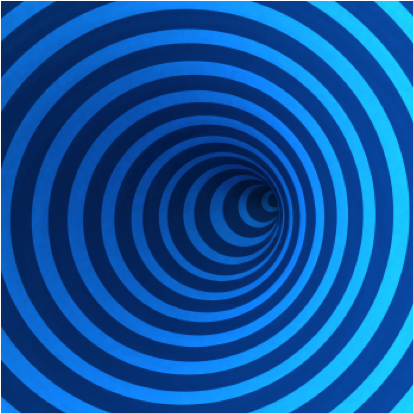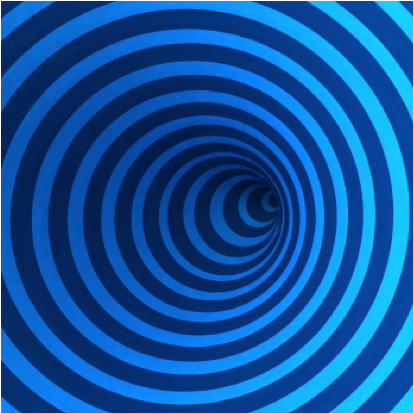Quark gluon solenoid
An intriguing phenomenon to emerge recently out of the Relativistic Heavy Ion Collider (RHIC) at Brookhaven National Laboratory is the evidence of local parity violation in quantum chromodynamics (QCD).
Parity violation manifests itself in measurements of electrical charge correlations in the quark-gluon plasma (QGP), which show a directional dependence in their coupling to the magnetic field generated during the collisions. Understanding this novel phenomenon, whose conceptual basis is yet to be found, has been the focus of several recent exciting theoretical studies.
Writing in Physical Review Letters, Gökçe Başar and Gerald Dunne from the University of Connecticut, in collaboration with Dmitri Kharzeev at Brookhaven National Laboratory, both in the US, propose a potential explanation of the parity violation through the spontaneous generation of topologically nontrivial configurations of gluons. The presence of the topological configurations can lead to a local imbalance between quarks of left and right chiralities, resulting in a current with spiral modulations along the direction of the external magnetic field. In the article, the focus is on an extreme limit of this scenario where the computation simplifies dramatically, allowing the authors to extract insightful analytical results—a rarity in the study of a system as complex as the QGP.
This elegant proposal is likely to inspire further exciting studies into the role of topological effects in QGP in particular and QCD in general. – Abhishek Agarwal





